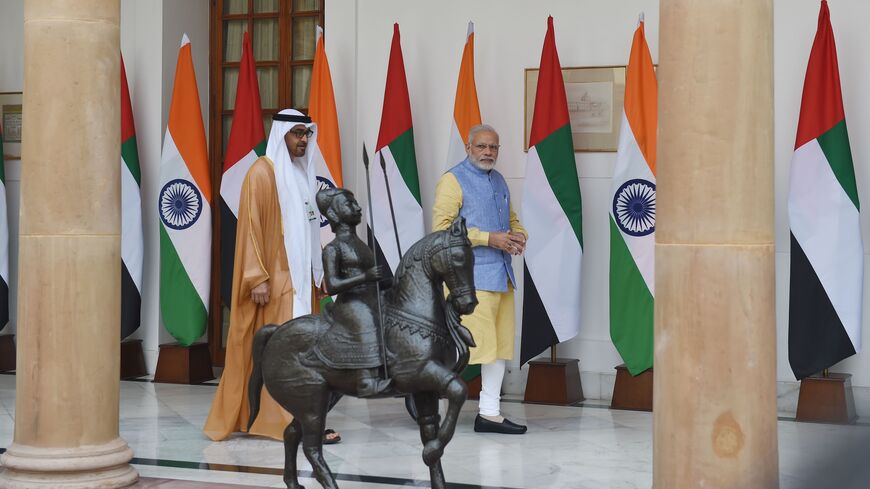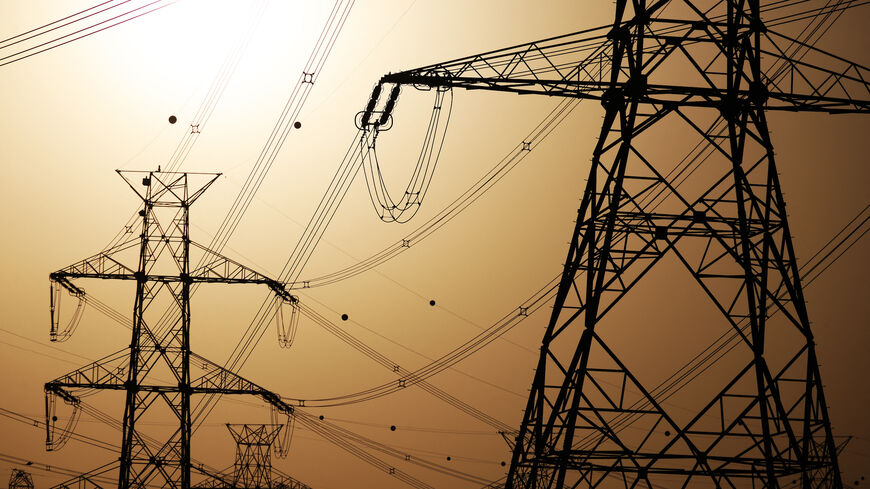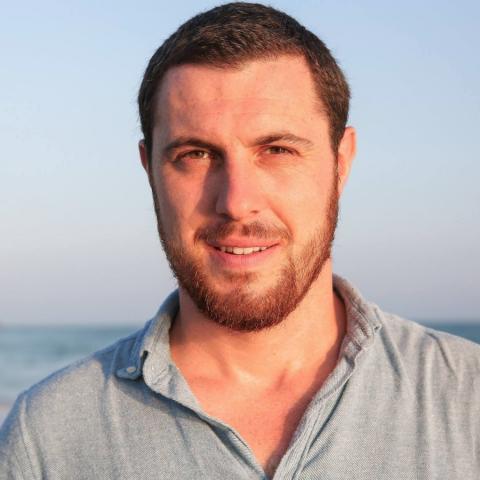UAE's final unit of Barakah nuclear reactor hooked to grid: What we know
The Emirates is the only Gulf country with a nuclear power program, though neighboring Saudi Arabia also has atomic power ambitions.

DUBAI — The United Arab Emirates is closer to realizing its nuclear energy goals after connecting the fourth and final unit of its ambitious Barakah nuclear plant to the grid on Thursday. The 1,400-megawatt unit, when operational, will add a total of 5,600 gigawatts to the UAE grid. The added nuclear power brings the Gulf oil producer closer to realizing its goal of burning less fossil fuels for domestic consumption.
Atomic ambitions
The UAE is the first country in the Gulf to have a nuclear program. The country's nuclear project started in 2009, when the UAE set up the Emirates Nuclear Energy Corporation to decide on how best to execute plans for an atomic power project. ENEC issued tenders and awarded a consortium led by South Korea's KEPCO to develop the project at a cost of $20 billion. After many delays in the startup of the first unit, the project now supplies up to 25% of the UAE's electricity needs.
Evolving energy mix
Nuclear energy is a key component of the UAE's plans to transition its economy away from oil and meet net-zero goals by 2050 per the Paris Agreement.
According to the International Energy Agency, the UAE's current energy mix is dominated by natural gas, which accounts for 63.5% of its electricity generation. Oil is second at 29.7%, followed by nuclear at 3.1% and coal at 3%.
By 2050, the UAE plans to increase the share of renewables to 44%, with gas accounting for another 38% and clean coal and nuclear power set to make up 12% and 6% of the energy supply. With more nuclear capacity, the UAE will be able to rely less on imported gas. The country imports 2 billion cubic feet per day of natural gas from Qatar via the Dolphin Energy Pipeline.
Neighboring Saudi Arabia also plans to develop a nuclear industry as part of its energy transition efforts. The country plans to add 17 gigawatts of nuclear energy capacity by 2032. However, progress on its development has been slow.







